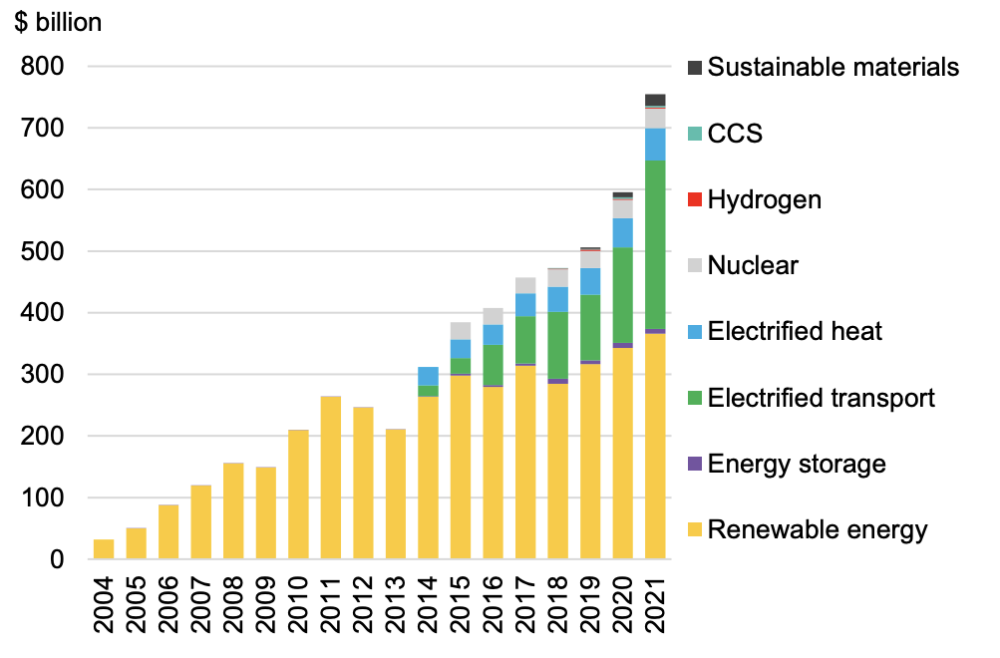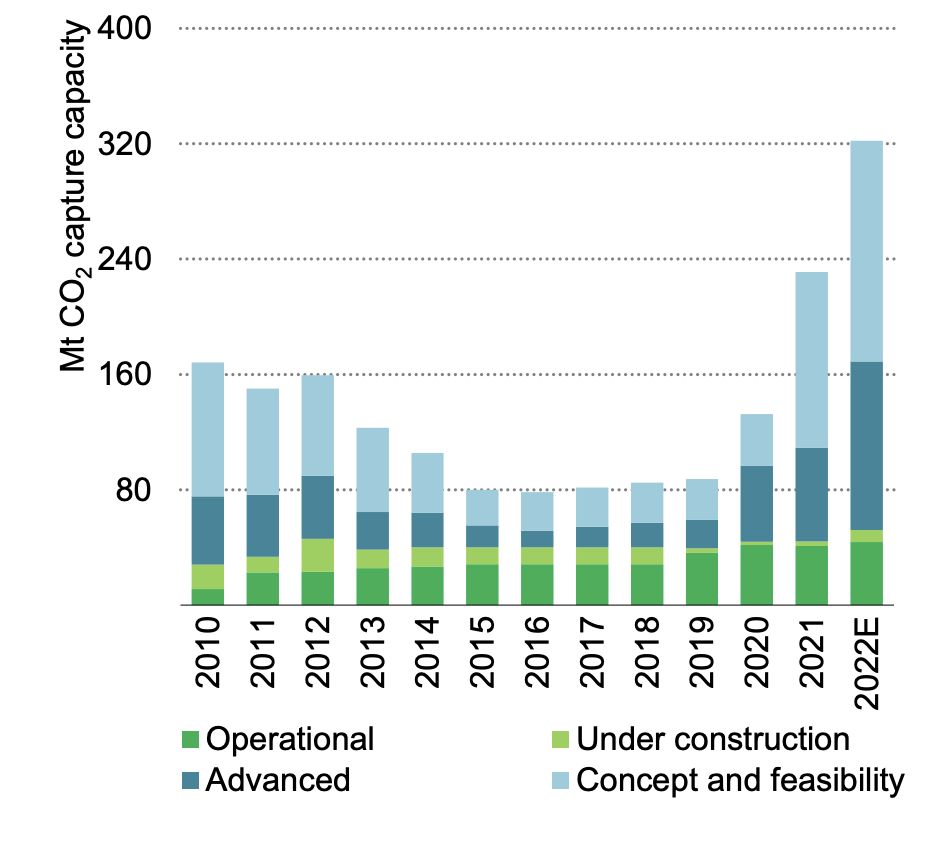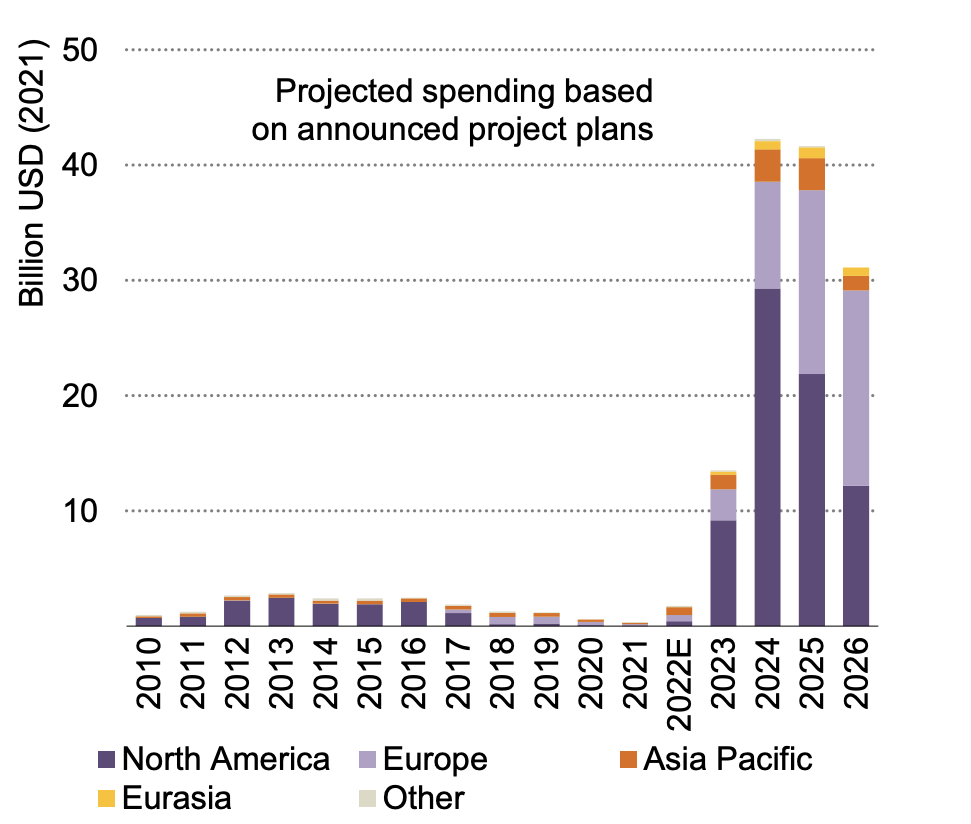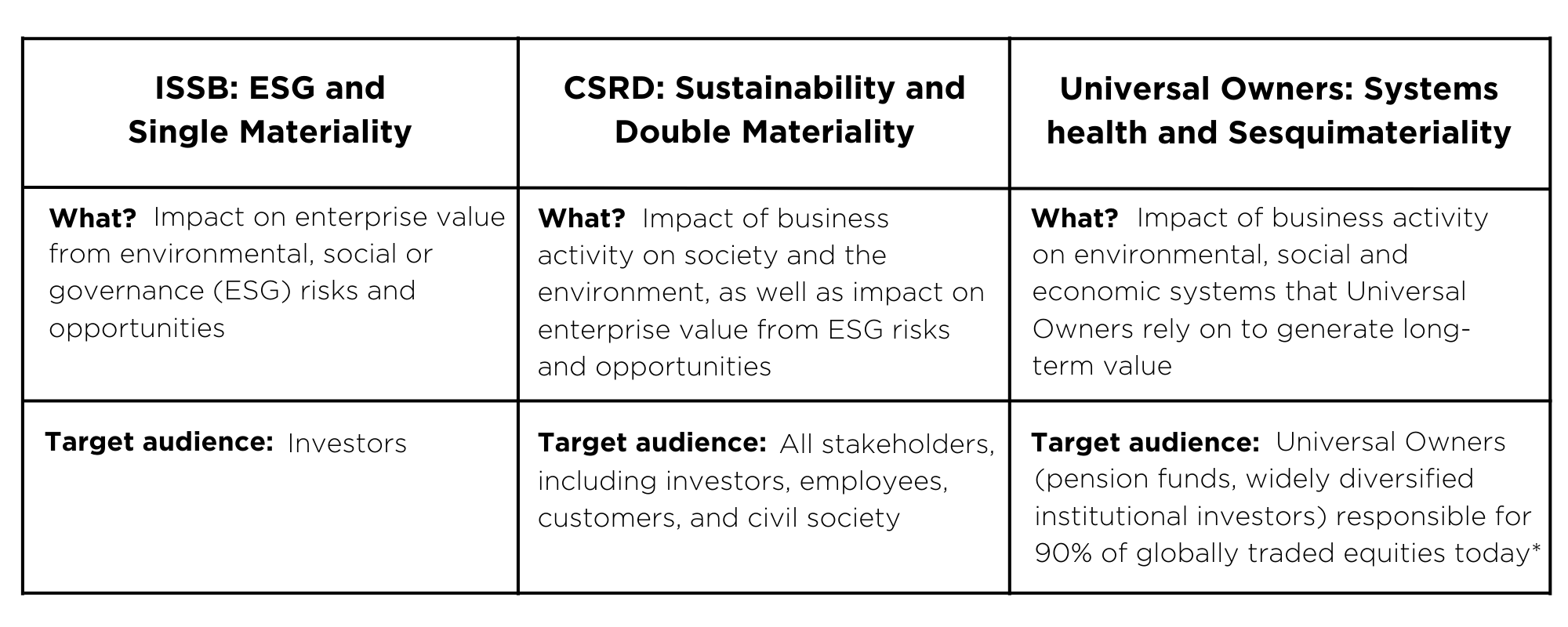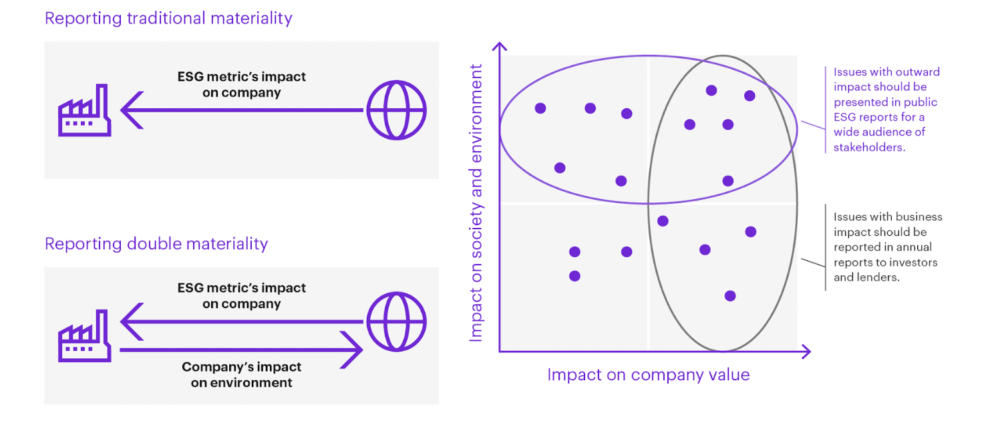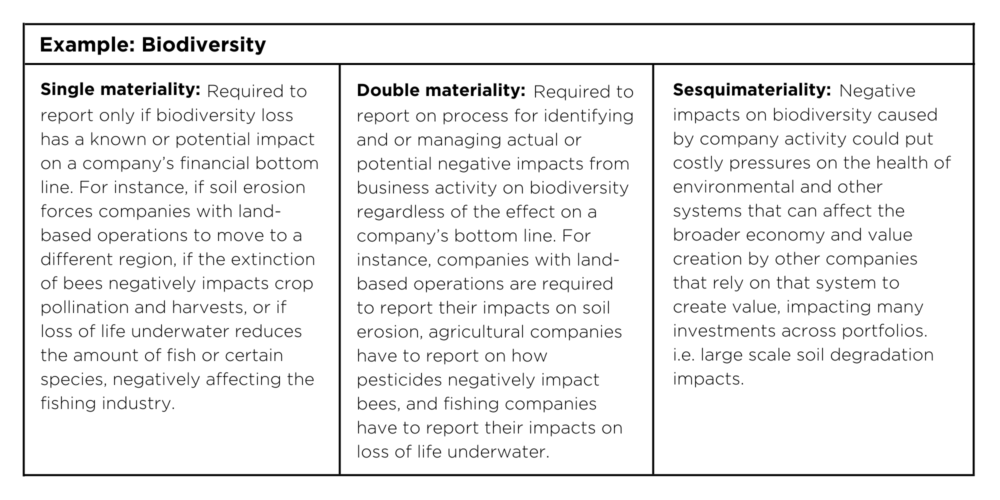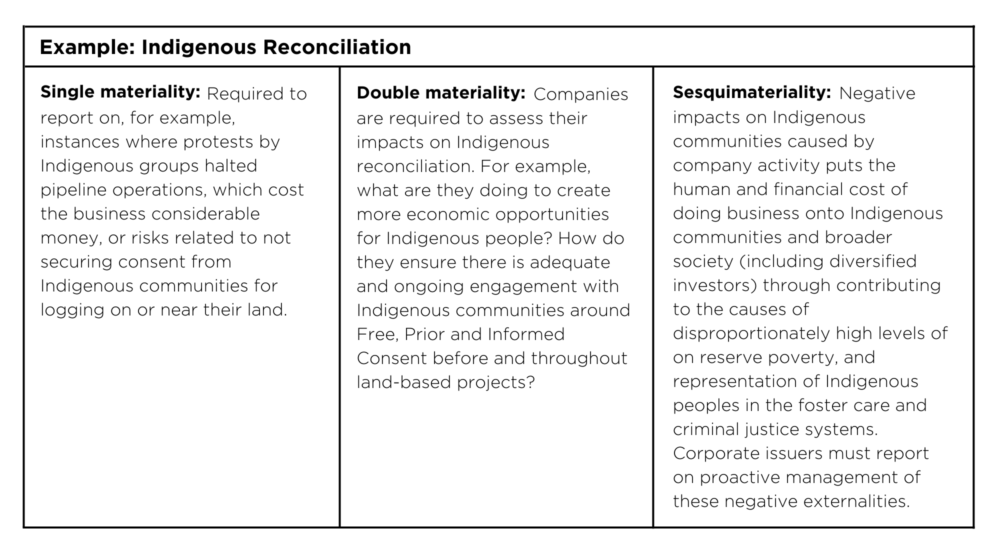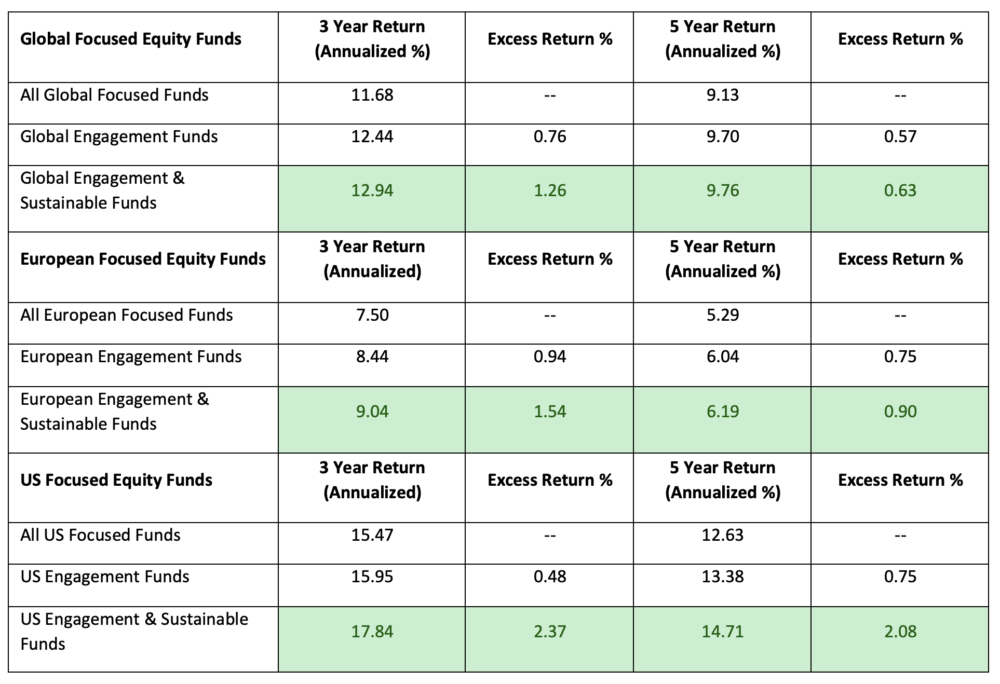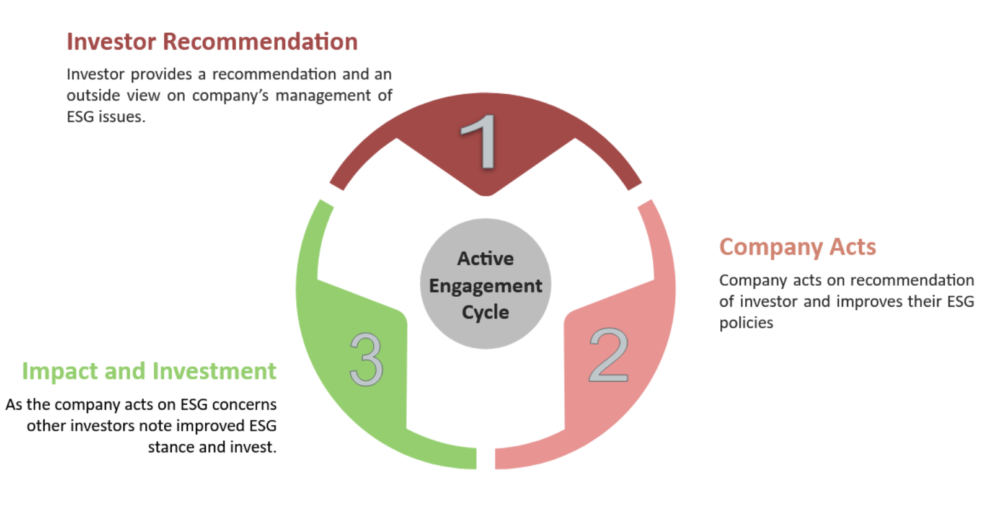In the climate change debate, real estate is the elephant in the room. Our homes, offices, shops and recreational spaces — the physical infrastructure crucial to human wellbeing – account for around 40 percent of global carbon emissions. What’s more, the built environment is also responsible for numerous other ecological problems, including excessive water usage, electricity usage, and waste on a similar order of magnitude.
Figure 1: Building and construction sector: estimated contribution to economy and environment

How to shrink the real estate industry’s environmental footprint was the focus of this year’s Klosters Forum on “the future of the built environment”. The Klosters Forum (TKF) is a Swiss-based not-for-profit organisation which aims to accelerate positive environmental change by fostering dialogue and collaborations. Launching the debate during its annual three-day meeting in June, our colleague Zsolt Kohalmi, global head of real estate and Deputy Chief Executive Officer at Pictet Alternative Advisors, explained why assessing real estate’s environmental credentials is fraught with difficulty. He pointed to the “time value of carbon emissions” as an example of the complexities facing property companies and investors as they attempt to shift to more sustainable practices.
Embodied Carbon: A Consideration for Investors
Over the lifespan of a building, it is estimated that up to 45 percent of total emissions will occur during the first couple of years, or the construction phase which includes raw materials extraction, transportation, installation and waste disposal. These emissions – otherwise known as embodied carbon – are far greater than those of operational carbon, which is the amount of carbon emitted annually once a building is in use.
TKF participants, who included architects, urban planners, green building start-ups, material scientists and investors, shared experiences and offered insights on how to tackle real estate’s environmental problem. A few themes stood out. The role of nature in the built environment was one. Participants agreed on the need for the built environment to be reconnected with nature. This would involve a number of novel construction techniques, including incorporating natural and regenerative elements into building designs, experimenting with innovative bio-based materials such as timber and algae and carrying out strategic reforestation, afforestation, and other carbon capture methods.
Mikolaj Sekutowicz, a TKF participant and partner responsible for Strategic Development and Culture at Therme Group, a firm developing a new waterfront project in Toronto, referred to Italian botanist Stefano Mancuso who famously said: “We’re living in nature and plant blindness.” Sekutowicz added: “We have to incorporate nature into our culture; culture is not antithesis to nature.”
Retrofit over demolish and rebuild
But the construction of new buildings, even using sustainable techniques, is no panacea. In many parts of the developed world, where buildings were constructed during the last decades, retrofitting might be a better way to reduce carbon emissions. In Europe, for example, around 90 percent of buildings were built prior to 1990 and 40 percent before 1960. Studies have shown that refurbishing can result in 70 percent less emissions than new construction given the issue of embodied carbon emissions.
This is not to say, however, that other parts of the world do not need new buildings. Economies in Asia, Africa and Latin America will require more residential and commercial floor spaces to accommodate a growing population. A one size fits all approach doesn’t work in promoting sustainable buildings. Instead, a customised approach is essential, factoring in location-specific features, such as building technologies that are suited for different geographies and the local availability of raw materials.
Venice: Modern and Classic Approaches to Sustainable Construction
The Italian city of Venice – whose very existence is threatened by climate change – can serve as an inspiration. When it was built 1,600 years ago, it used water-resistant alder trees that were abundant in nearby forests as foundations to stay afloat on the marshland. Now, the city is safeguarding its future by turning to new nature-based solutions. For example, it is using locally sourced natural materials and labour to build fortifications in its salt marsh belt, which represents the city’s best defence against storm surges and waves. The bioengineering project has also engaged residents and businesses, providing employment and economic opportunities in the local community.
As Venice’s efforts demonstrate, governments and municipal authorities play a key role in sustainable construction. Forum participants agreed that policymakers should adopt a carrot and stick approach – incentivising climate and nature-positive companies and projects with tax breaks and smart subsidies while penalising harmful ones.
Investing in R&D and Sustainable Building Approaches
Increasing investing in research and development (R&D) should also be a priority to enhance competitiveness, foster innovation and accelerate sustainable transition. The construction sector’s R&D investment is estimated to be in low single digits as a percentage of revenue, compared with at least 10 percent for healthcare and IT counterparts¹.
The financial industry also has a duty. Sustainable transition in buildings represents a large, long-term and growing investment opportunity. The industry should therefore attract capital into sustainable buildings to meet increasing demand from investors for solutions which incorporate environmental, social and governance (ESG) aspects and/or drive positive change. As demand for more efficient, environmentally-friendly structures is poised to grow, participants called for a more thoughtful approach to how we construct, run, refurbish and demolish buildings, to make the built environment fit for the climate challenge and equitable for all
As former British Prime Minister Winston Churchill said in 1944: “We shape our buildings; thereafter they shape us.”
Source:
[1] European Commission, OECD and Pictet Asset Management
RIA Disclaimer
The views and opinions expressed in this article are solely those of the authors and do not necessarily reflect the view or position of the Responsible Investment Association (RIA). The RIA does not endorse, recommend, or guarantee any of the claims made by the authors. This article is intended as general information and not investment advice. We recommend consulting with a qualified advisor or investment professional prior to making any investment or investment-related decision.
